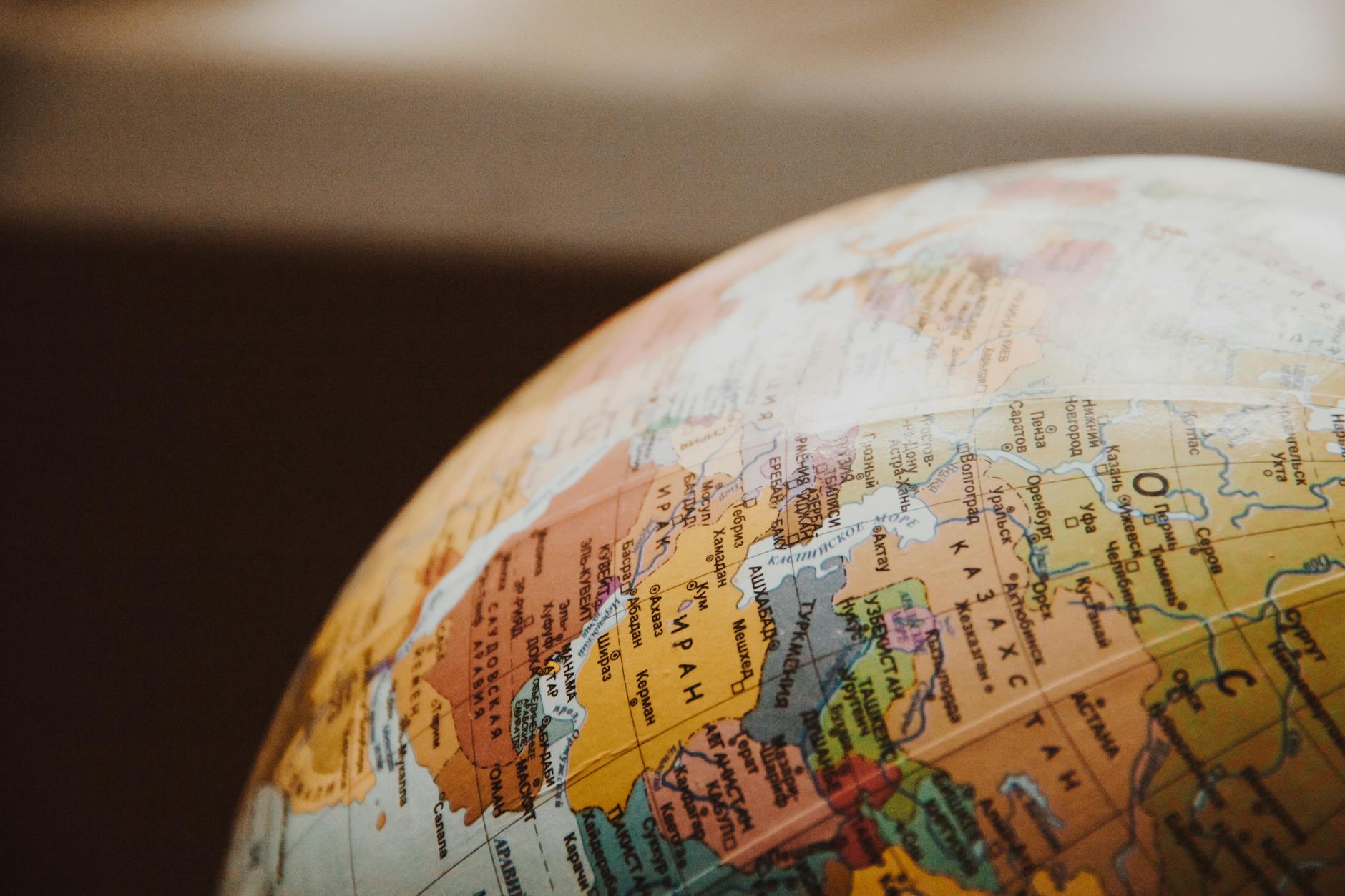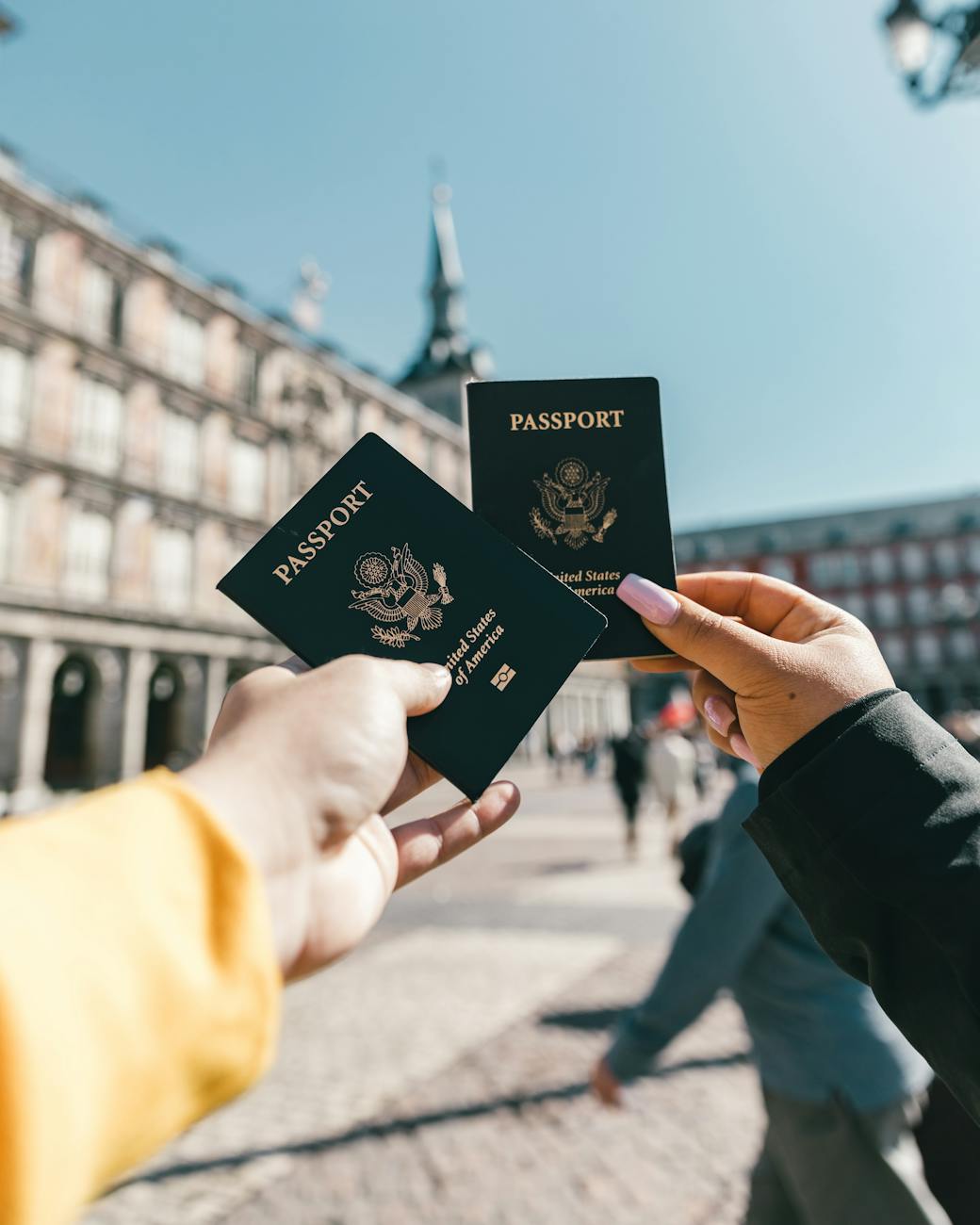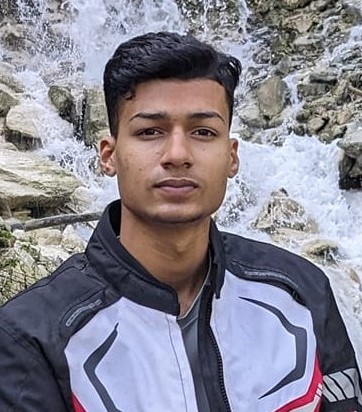Navigating the maze of passport photo requirements can be tricky, especially when different countries have different rules. But don’t worry! We’ve got the inside scoop to help you make sure your photo meets the standards, no matter where you’re headed.
Know Your Dimensions: Size Matters
The first thing to check is the photo size requirement for the country you’re applying to. For instance, the U.S. requires a 2×2 inch photo, while the UK asks for a 35×45 mm size. Even these small differences can cause your photo to be rejected if not adhered to.
Make sure you double-check the size before you start snapping photos or heading to a photo studio. It’s a good idea to measure the print yourself to avoid any surprises. You can find templates online to help you get the dimensions just right. Remember, a small ruler can be your best friend here!
Background Checks: Getting the Backdrop Right
The background of your passport photo is another critical detail. Most countries require a plain white or off-white background, but some might have slight variations. For instance, Canada specifies a white or light-colored background, whereas India requires a plain white background.
To get this right, you can use a plain white sheet or wall at home. Make sure there are no shadows or patterns visible. If you’re unsure, check the specific guidelines provided by the country’s passport authority. Keeping the background consistent ensures the focus remains on you, not what’s behind you.
Facial Expression: The Universal Rule
A neutral facial expression is a universal requirement, but the specifics can vary slightly. Generally, a neutral look with a closed mouth and open eyes is needed. Some countries allow a slight smile, while others prefer a completely neutral expression.
For example, the United States and the United Kingdom allow a slight smile, as long as your mouth is closed. On the other hand, countries like France require a completely neutral expression. Practice your neutral look in the mirror before your photo session to ensure you get it right.
Lighting: Bright and Even
Proper lighting is crucial for passport photos. Different countries might have slight variations in their requirements, but the general rule is to avoid shadows and ensure even lighting. Natural light works best, so try to stand near a window or use a soft light source.
If you’re using artificial lighting, make sure it’s diffused and comes from multiple angles. This prevents harsh shadows and ensures your face is evenly lit. Countries like Germany and Australia emphasize the importance of avoiding shadows, so double-check your setup to ensure perfect lighting.
Head Position and Framing: Center Stage
Your head position and how it’s framed in the photo are other details that can vary by country. Most countries require your head to be centered and facing the camera directly. However, some might specify the percentage of the photo your head should occupy.
For instance, in Japan, your head should take up between 60-70% of the photo’s height. In contrast, India requires the face to cover 70-80% of the photo. Use a template or guide to ensure your head is correctly positioned and sized according to the specific requirements.
Glasses and Accessories: To Wear or Not to Wear
Rules about wearing glasses in passport photos can also differ. While some countries allow glasses as long as there’s no glare, others prefer you to remove them altogether. The United States, for example, recently updated their guidelines to discourage wearing glasses unless medically necessary.
If you wear glasses, check if they’re allowed and if there are specific requirements about glare and frame style. Similarly, headwear is generally prohibited unless worn for religious or medical reasons. Ensure any head coverings do not obscure your face or cast shadows.
Understanding Age Requirements: From Babies to Seniors
Different countries might have specific requirements for passport photos for different age groups. For babies and young children, some leniency is usually given regarding facial expressions and positioning. However, clear, well-lit photos are still essential.
For example, Australia allows some flexibility for infant expressions but still requires a clear, unobstructed view of the child’s face. Make sure you understand these specific age-related guidelines to avoid unnecessary retakes.
Conclusion: Smooth Sailing with the Right Photo
Navigating the various requirements for passport photos might seem daunting, but with a little preparation, it’s entirely manageable. Always start by checking the specific guidelines of the country you’re dealing with. Whether it’s the photo size, background color, or facial expression rules, each detail is crucial for getting your photo accepted.
Take your time, double-check your work, and don’t hesitate to seek professional help if needed. A compliant passport photo ensures smooth travels and fewer headaches down the line. So, grab your camera, find the perfect spot, and say “cheese”—just not too much! Happy travels and may your passport photo always pass with flying colors!








